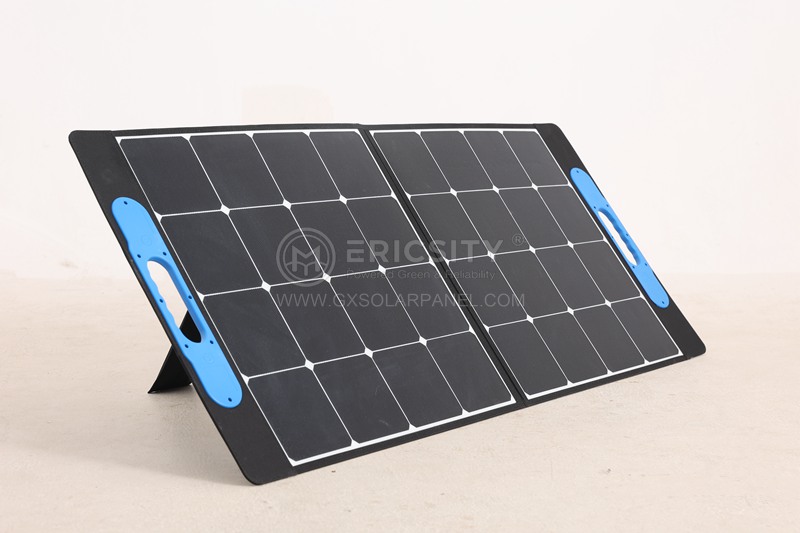HOT PRODUCT
Product Details
240w Flexible Solar Panels Vs. Traditional Panels: A Comprehensive Comparison
240W Flexible Solar Panels Vs. Traditional Panels: A Comprehensive Comparison
Solar panels have become increasingly popular as a renewable energy source in recent decades. The advancement of technology has given rise to innovative solutions, including flexible solar panels. In this article, we will compare 240W flexible solar panels with traditional panels, highlighting their differences and assessing their pros and cons.
1. Design and Flexibility:
Traditional solar panels consist of rigid, heavy panels typically made from crystalline silicon. These panels are bulky and require installation on a solid surface. On the other hand, flexible solar panels are thin and lightweight. They are made from thin-film solar cells that can be integrated into different materials, such as fabric or flexible plastic. This flexibility allows for more versatile applications and easier installation on curved or non-flat surfaces.


2. Efficiency:
When it comes to efficiency, traditional solar panels have an advantage. They can convert sunlight into electricity at a higher rate than flexible panels. Traditional panels typically have an efficiency range of 15-20%, while flexible panels have an efficiency range of 10-15%. However, it’s worth noting that the efficiency of flexible panels has been steadily improving over the years, and the gap between the two types is narrowing.

3. Durability and Lifespan:
Traditional solar panels have a proven track record of durability, with an average lifespan of 25-30 years. They are designed to withstand various weather conditions, including hail, snow, and extreme temperatures. On the other hand, flexible solar panels are more vulnerable to damage due to their thin and lightweight construction. They may suffer from wear and tear over time, and their lifespan is generally shorter, ranging from 10-20 years.
4. Installation and Portability:
Flexible solar panels offer greater portability and easy installation compared to traditional panels. The flexibility allows them to be mounted on various surfaces, including curved RV roofs, boats, and tents. They are also lightweight, making them easier to transport and handle during installation. Traditional panels, on the other hand, require a solid mounting structure and can be more challenging to install, especially in unconventional locations.
5. Cost:
When it comes to cost, traditional solar panels are generally more affordable than flexible panels. The production costs of traditional panels are lower due to economies of scale and established manufacturing processes. Flexible panels, being a relatively new technology, are still more expensive. However, as technology advances and economies of scale are achieved, the cost of flexible panels is expected to decrease in the future.
6. Aesthetics:
Traditional solar panels are known for their distinctive blue or black appearance. Some homeowners find them visually unappealing, especially when installed on the roof. On the other hand, flexible solar panels offer a more discreet and aesthetically pleasing option. Their flexibility allows them to blend seamlessly into various surfaces without compromising the overall appearance of the structure.

In conclusion, both 240W flexible solar panels and traditional panels have their own set of advantages and disadvantages. Traditional panels offer higher efficiency, longer lifespan, and lower cost, making them a reliable choice for many solar installations. Flexible panels, on the other hand, provide flexibility, easy installation, and better aesthetics, making them suitable for applications where traditional panels are impractical or visually unappealing. It ultimately depends on the specific requirements and preferences of the user.




